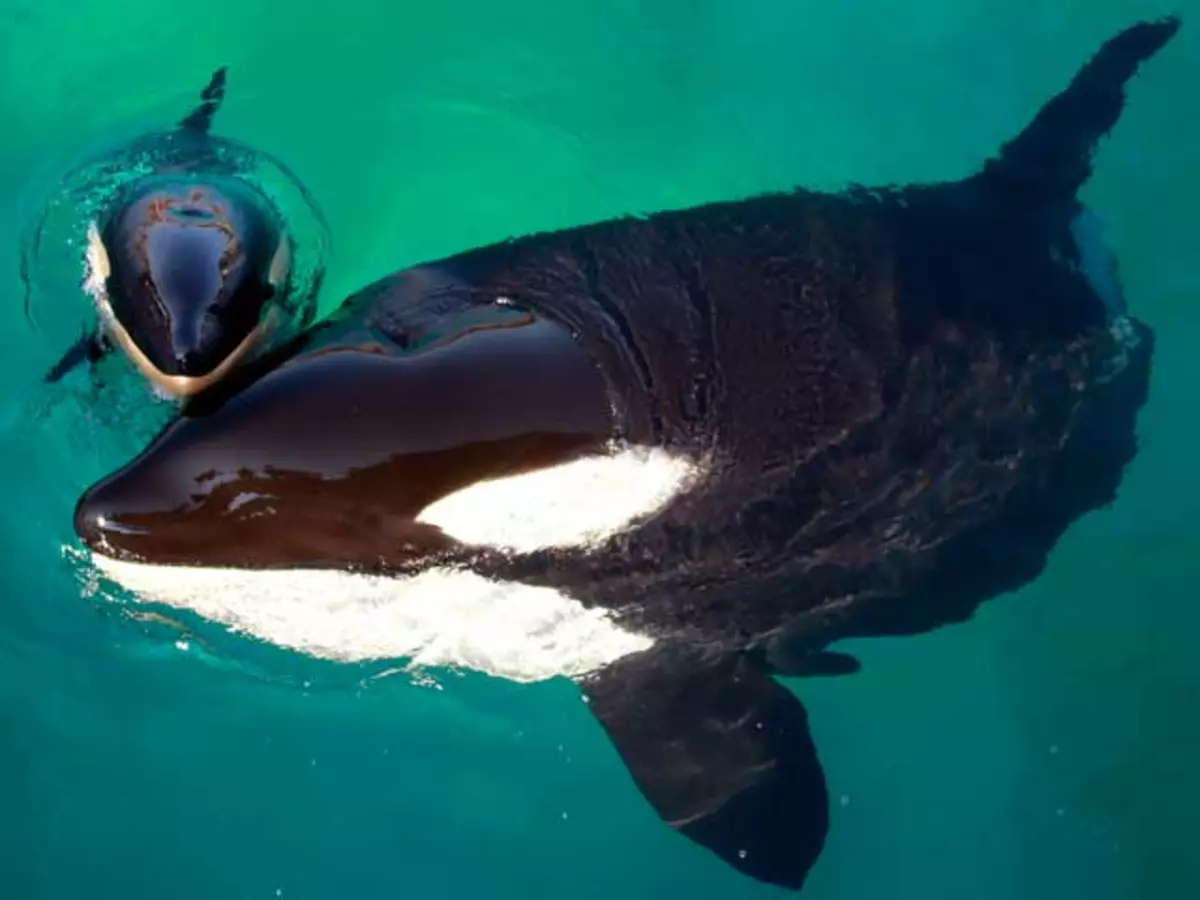10 things you never knew about: Whales
They're among the most magnificent mammals in the world, but there's still so much to discover about them!

Species that call the sea their home have always captivated the imagination of man just a little bit more than the others. Of course, dolphins are chief among them, what with their high intelligence and unusually friendly nature. But if we had to pick another interesting species from the sea, it would undoubtedly be the whale--the world's largest, and quite possibly, most unique, mammal.
You may think that the odd whale-watching experience makes you somewhat of an expert on this magnificent mammal, but we beg to differ. In fact, we're willing to bet you never knew these 10 quirky facts about whales:
Fact One: It's common knowledge that whales are, hands down, the largest mammals on Earth. However, facts related to the size of their individual organs are even more fascinating! For example, did you know that sperm whales, a subset of the whale species, have the largest brain on Earth--it weighs as much as 10 kilos! And narwhals can grow a tooth up to 8 feet in length, while 50-100 people could stand on the tongue of a Blue whale, which weighs more than an elephant!
Fact Two: They may be big, but they are not sluggish. While some types of whales cover in excess of 100 km a day, certain varieties, such as fin whales, can swim at over 32 km/h! In fact, gray whales are the furthest migrating animals on the planet, traveling over 19,000 km to get to warmer climates each year.
Fact Three: There is such a thing as a tiny whale after all. The harbor porpoise, which very much belongs to the whale family, only grows to about five feet in length when fully grown!
Fact Four: Their blubber--whale fat--can often be up to 20 inches thick! But that kind of obesity doesn't come easy, nor without purpose. Humpback whales may eat up to a ton of food every single day, while most whales consume an average of a million calories a day! So, the next time you're reaching for that calorie-heavy burger, maybe you shouldn't feel quite so guilty.
Then again, whales do go on a serious diet every winter and don't eat at all for up to seven months. Instead, they survive on the fat they've got deposited in the form of blubber. Like we said, not without purpose!
Fact Five: Few things are as deep and powerful as the voice of a blue whale. Its ominous rumbling baritone can reach as far as 160 km under water! The most talkative type of whales, the belugas, are so consistent with their vocalization that they're often referred to as sea canaries!
The exact purpose of their sound is yet to be comprehensively determined, but many feel it's for navigation, communication and feeding.
Fact Six: Whales are amongst some of the most connected species on the planet. They're highly communicative, extremely receptive to signals, are always listening carefully and believe it or not, when they're traveling in a group, which they often do, they even breathe in unison!
Fact Seven: Occasionally, whales have been known to turn cannibalistic. Killer Whales have consumed other whales, though usually they survive on a diet of fish, cuttlefish and plankton. One time, a 16 foot whale was cut open, only to reveal a 2 to 3-metre-long shark inside its belly!
Fact Eight: It seems we've been looking for renewable energy resources in all the wrong places because the tail of a blue whale can produce up to 500 horsepower!
Fact Nine: Each whale's tail is unique, much like fingerprints of human beings. The slits, grooves, and brown algae spots make for a unique image that makes them individually identifiable.
Fact Ten: If you've ever been amazed by the smoothness of a Rolls Royce's glide, then perhaps it's time you were let in on their little secret--the company's once used spermaceti oil (made from whale sperm) in their transmissions! And before the animal activists among you begin to get a petition going, the oil's long since been replaced with a synthetic alternative.
